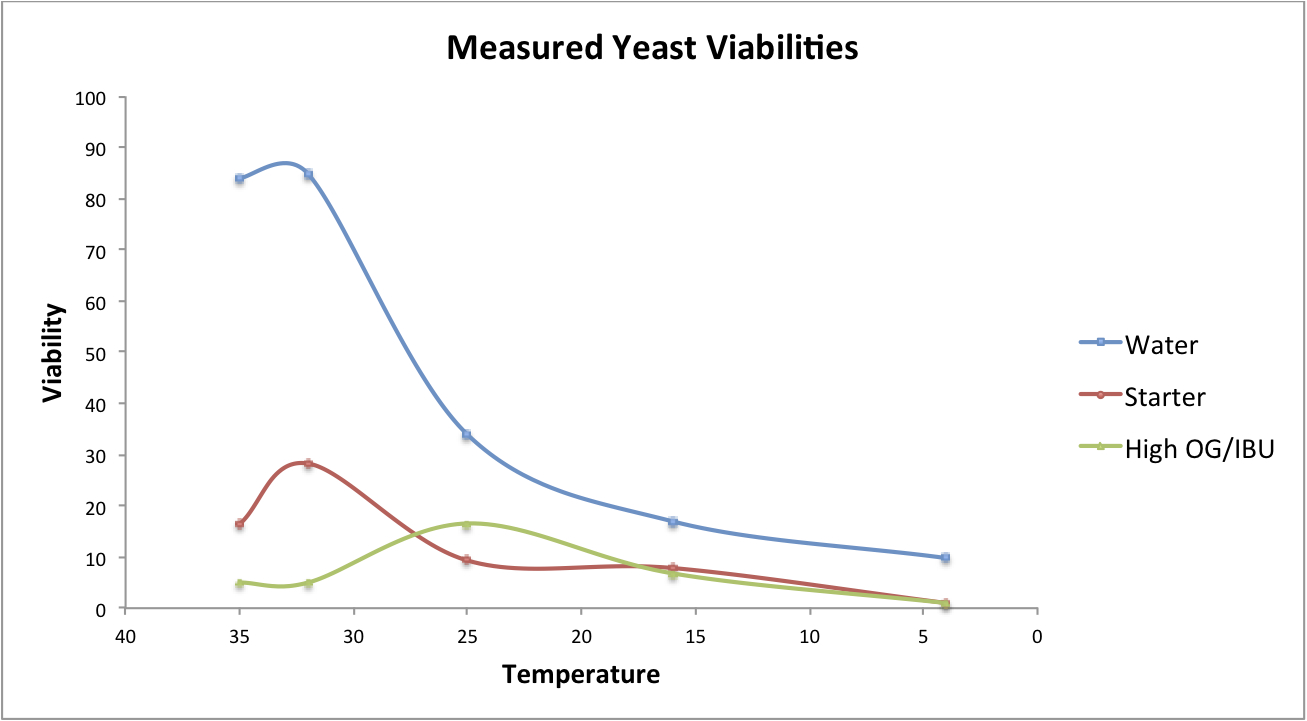I've yet to start my first brew. Call me a nervous Nellie, but I want to be sure I have all my ducks in a row before I start. I've still got to pick up a few things to complete my starting gear, but I'm thinking I'll bite the bullet and start boiling water tomorrow morning. But I have this question on aerating the wort before adding yeast.
I'm using a six-gallon carboy for the primary. The directions in my kit (Block Party Amber Ale from Northern Brewers) say to put two gallons of water in the primary, then add the wort, then top up to five gallons with more water. Will pouring those liquids into the primary via a funnel aerate the wart enough for the yeast?
The directions also say to rock the primary back and forth for several minutes for aeration before adding the yeast, but is that necessary when the primary is a carboy and you are pouring the stuff in, letting it drop a couple of feet in a cascade?
Thanks for any advice!
I'm using a six-gallon carboy for the primary. The directions in my kit (Block Party Amber Ale from Northern Brewers) say to put two gallons of water in the primary, then add the wort, then top up to five gallons with more water. Will pouring those liquids into the primary via a funnel aerate the wart enough for the yeast?
The directions also say to rock the primary back and forth for several minutes for aeration before adding the yeast, but is that necessary when the primary is a carboy and you are pouring the stuff in, letting it drop a couple of feet in a cascade?
Thanks for any advice!



















![Craft A Brew - Safale S-04 Dry Yeast - Fermentis - English Ale Dry Yeast - For English and American Ales and Hard Apple Ciders - Ingredients for Home Brewing - Beer Making Supplies - [1 Pack]](https://m.media-amazon.com/images/I/41fVGNh6JfL._SL500_.jpg)








































